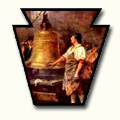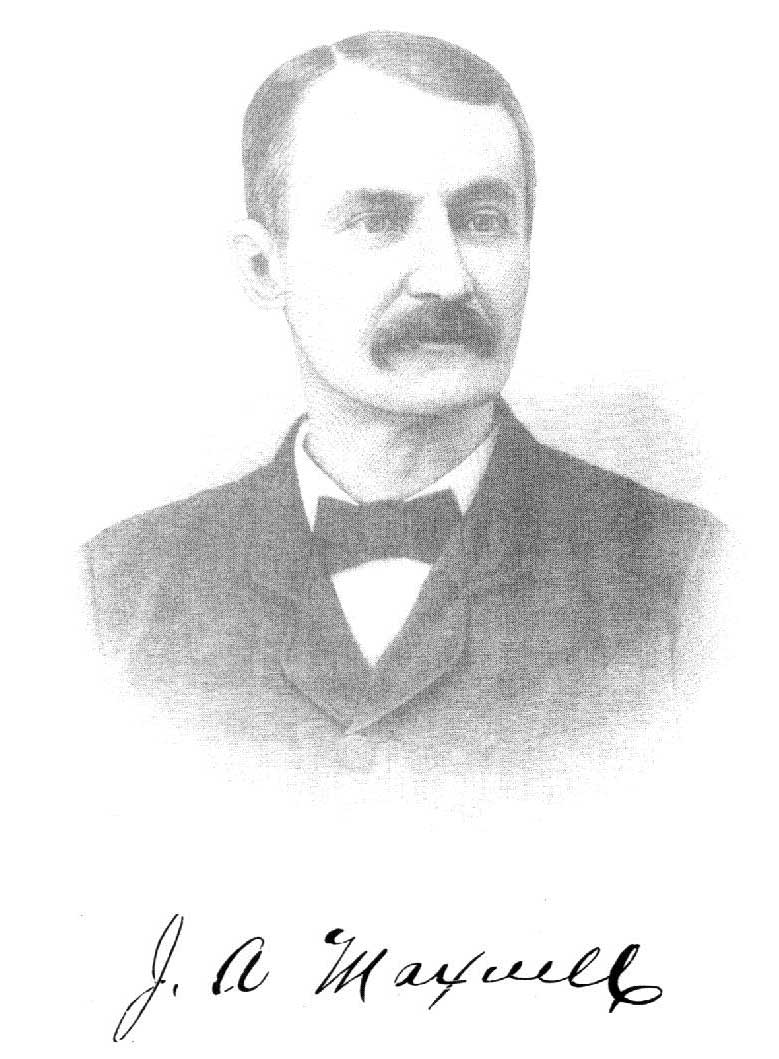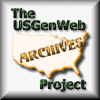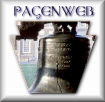| |
Page 632
HISTORY OF CLEARFIELD COUNTY.
January 8, 1760, at Sadsbury, Chester county. He married in 1785, Lydia,
daughter of Abram and Anna Sharpless. In 1795, they removed to Halfmoon, Centre
county, and in 1810, James, with his son Jeremiah and daughter Lydia, started on
foot across the mountains, and in due time arrived at the place where Pennville,
in Penn township, Clearfield county, is now located. He purchased three hundred
and seventy-five acres of land ; built a cabin, and commenced clearing ; the
rest of the family following. He was a consistent member of the Society of
Friends, and trained up his family in that religious faith. His children were
Abraham, Esther, Lydia, Anna, Jeremiah, Andrew, Rebecca, and James. They were
all of orderly and industrious habits, and all married and settled in the
neighborhood. James Moore died September 17, 1834. Thomas W. Moore, son of
Andrew, David S. Moore, son of James, jr., and A. M. Kirk, grandson of Andrew,
reside in Curwensville.
In 1809 Dr. Samuel Coleman settled on a tract of
three hundred acres north of the site of Pennville. Dr. Coleman was a Scotchman,
and had no family. He gave the name of " Grampian Hills " to his place,
remarking that it reminded him of the renowned hills of the same name in
Scotland. This name the neighborhood and post-office has retained. He held
office about the time of the organization of the county, being clerk to the
county commissioners. His grave is on the farm of Colonel Miller, of Penn
township. At the last meeting of the "County Medical Association" a committee
was appointed to solicit subscriptions toward erecting a monument to the memory
of the pioneer physician of Clearfield county.
The first assessment of the township was made in
1814. The assessor was Samuel Fulton. The original assessment is still on file
in the commissioner's office at Clearfield, and contains the following names :
Robert Askey, David Allen, George Brown, Alex. Caldwell, Sam'l Cochran, Jesse
Cookson, Wm. Bloom, jr., Joseph Bloom, Caleb Bailey, Benj. Bloom, John Brink,
Wm. Bloom, Peter Bloom, John Bloom, Isaac Bloom, John Bell, Arthur Bell, John
Bennett, Benj. Carson, Dr. Samuel Coleman, Amos Davis, Wm. Dunlap, Nimrod Derich,
David Dunlap, Caleb Davis, Jonathan Evans, Peter Everhart, Joseph Edding, John
Fullerton, David Ferguson, John Ferguson, Jonah Griffith, John Haughenberry,
Hugh Hall, Benj. Hartshorn, Wm. Hepburn, James Hayes, Saml. Johnson, Mark Miller
Jordon, John Kyler, Jason Kirk, John Kirk, David Liggit, Elijah Meredith, Sam'l
Miller, Robert Maxwell, Jos. McCracken, Robert McGee, Robert McCracken, John
McCracken, Thomas McClure, Thos. McCracken, James McCracken, Daniel McCracken,
James Moore, Job Ogden, Job Parker, Merchant; Abraham Passmore, James Reed,
Alexander Reed, jr., Alex. B. Reed, Wm. Reed, John Rolls, blacksmith ; Geo.
Shaffer, Geo. Shaffer, jr., Wm. Smith, Nicholas Sahw, John Stuggart, Philip
Stuggart, Joseph Spencer, Joseph Spencer, jr., Sam'l Spencer, Francis Severas,
Wm. Tate, James Woodside, David Walls, John Wrigley, merchant ; Geo. Williams,
weaver ; Gideon
|
|







